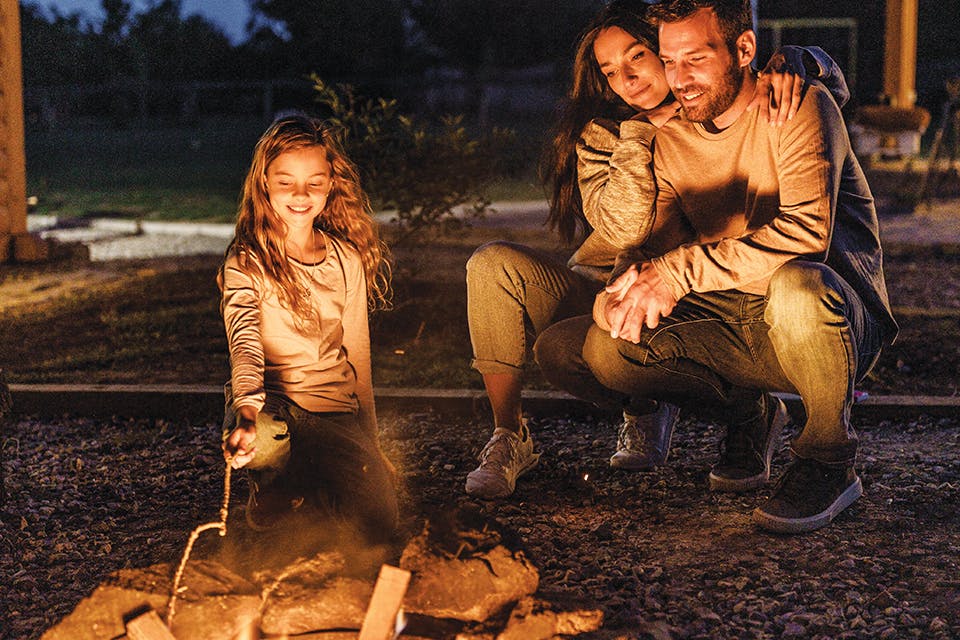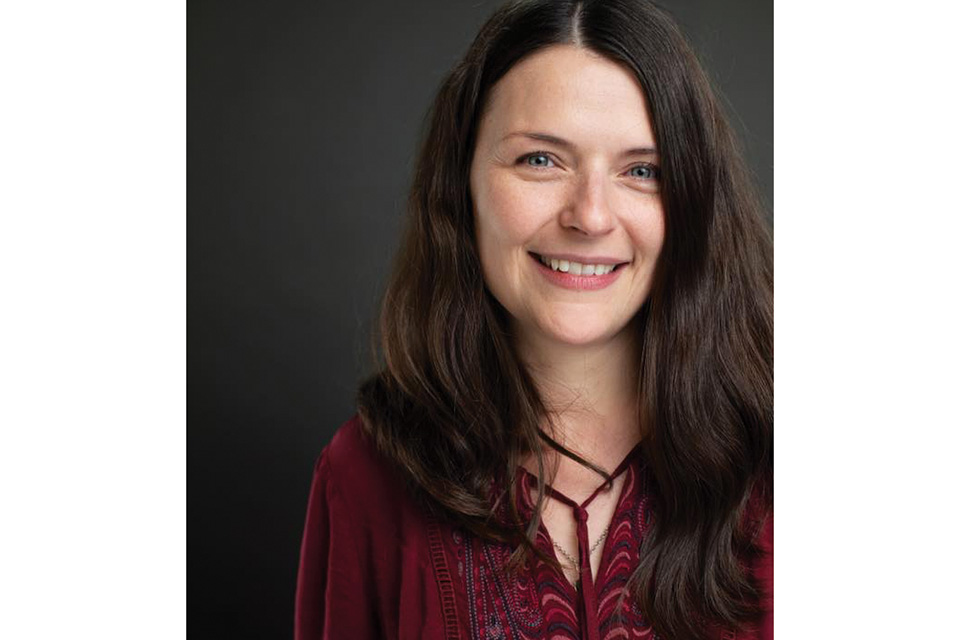Ohio Life
| Live Well Ohio
Live Well Ohio: May 2020
Before you gas up the car and map your route, make sure this list of first-aid essentials is along for the ride with you.
Related Articles

Live Well Ohio: June 2023
Get pointers to keep in mind for safe campfires this summer, and learn strategies for staying hydrated as the season heats up. READ MORE >>

Live Well Ohio: May 2023
Get advice for dealing with allergy season, and learn the signs of a stroke so you can protect your family, friends and neighbors. READ MORE >>
.jpg?sfvrsn=15d9be38_6&w=960&auto=compress%2cformat)
Live Well Ohio: March/April 2023
Learn about the difference organ donors make, and get advice for healthier ways to fuel your body. READ MORE >>



